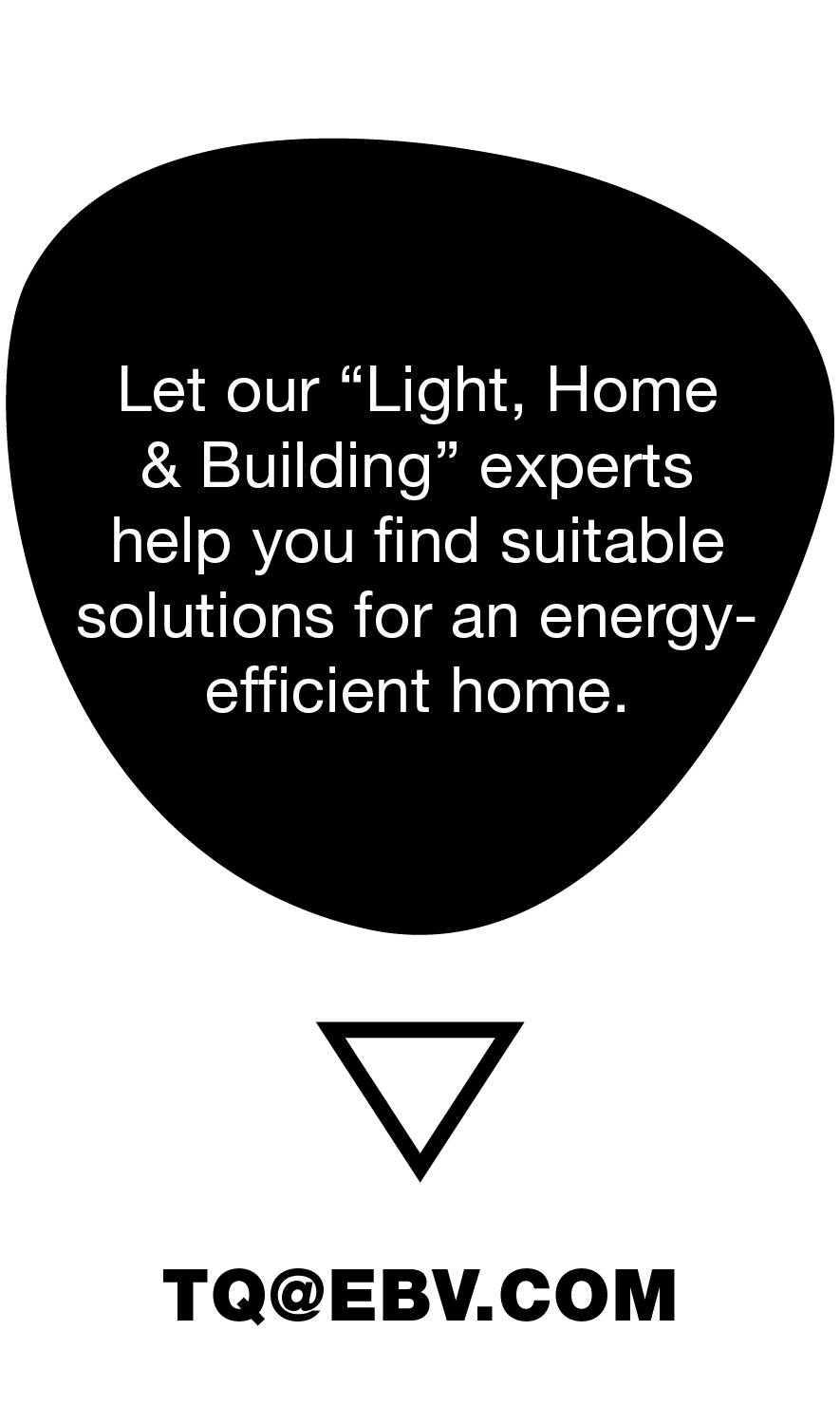There is great potential for reducing the energyrelated greenhouse gas emissions created by space and water heating in buildings. In Europe, it accounts for around 40 per cent of end-user energy consumption, primarily fossil fuel based. More and more in trend: sustainable buildings.
Buildings account for around 40 per cent of Europe’s total energy consumption. And almost as high a proportion of its CO2 emissions. There is great potential for reducing the energy-related greenhouse gas emissions created by space and water heating in particular.
Heat pumps for older buildings too
In some European countries, heating by renewable energy sources using heat pumps has become the standard in new-build projects. Heat pumps can now also be used in older buildings. Which usually require higher flow temperatures of up to 70 degrees Celsius. That is thanks to more efficient refrigerants and new compressor technologies. A field test conducted by Fraunhofer ISE showed that in old buildings with air-source heat pumps CO2 emissions are 19 to 47 per cent lower than with a gas condensing boiler. And even as much as 57 per cent lower when using ground-source heat pumps.
Sun from the roof
The use of heat pumps is also particularly attractive. Some of the power needed to run them can be generated by a photovoltaic plant. “The more solar power is generated on the roof, the more the home-owner will be contributing to climate protection,” emphasises Prof. Dr Volker Quaschning. He is Professor of Renewable Energy Systems at the Berlin University of Applied Sciences HTW. A plant with a peak output of 10 kilowatts. Occupying about 50 to 60 square metres of the building’s roof, can prevent four to five tonnes of CO2 emissions a year.
Solar power storage systems make energy available around the clock. Their efficiency is improving steadily, as Professor Quaschning has discovered. The HTW has to date investigated 20 storage systems, of which 13 were found to offer high efficiency. The HTW researchers believe the improved efficiency stems in part from the increased use of silicon carbide power semiconductors in the inverters. As a result, the most efficient systems achieve efficiency rates of over 97 per cent across a wide power range.
Hopes are pinned on hydrogen
However, the gas industry and manufacturers of conventional heating systems are sceptical. They do not know whether the transition to renewables in buildings can be implemented using electric heating systems alone. By 2050 there will be a mix of electrically powered heat generators. Together with gas condensing boilers and fuel cells using hydrogen. Great hopes are being pinned on hydrogen produced by carbon-neutral means. If 20 per cent hydrogen were added to natural gas, greenhouse-gas emissions could already be reduced by around seven per cent a year. It would in fact be fundamentally possible right now.
The use of hydrogen for heat generation in buildings is controversial, however. Nils Borg, executive director of the European Council for an Energy Efficient Economy, commented that “hydrogen is not a viable option when it comes to heating buildings. It takes about five times more wind or solar electricity to heat a home with hydrogen. Than it takes to heat the same home with an efficient heat pump.”
HPS Home Power Solution has taken the interaction of different renewable energy systems to its peak. Its “picea” home storage system comprises a battery (25 kilowatt) as a short-term storage system. Alkaline electrolysis (70 to 80 per cent efficiency) for seasonal chemical storage (1,500 kilowatt-hours) in the form of green hydrogen. With a PEM fuel cell (45 to 55 per cent electrical efficiency) power is regenerated from the hydrogen for household use and to run a heat pump. By integrating the waste heat from the fuel cell into the heat cycle, a total utilisation rate of 90 per cent of the electrical energy from the photovoltaic plant is achieved throughout the year.
Sustainable buildings save energy
Digital technology is important to climate-friendly sustainable buildings. A smart home automatically turns down the radiators when a window is opened. Or turns off the lights when the occupants head out to work. Digital solutions are also deployed in large office complexes and other business premises to automatically regulate the heating, ventilation or air conditioning depending on weather conditions or the number of employees in the building. According to the digital association Bitkom, assuming a modest rate of spread of the relevant technologies, smart homes and intelligent, connected buildings can save around 16 megatonnes of CO2 by 2030 in Germany alone.



